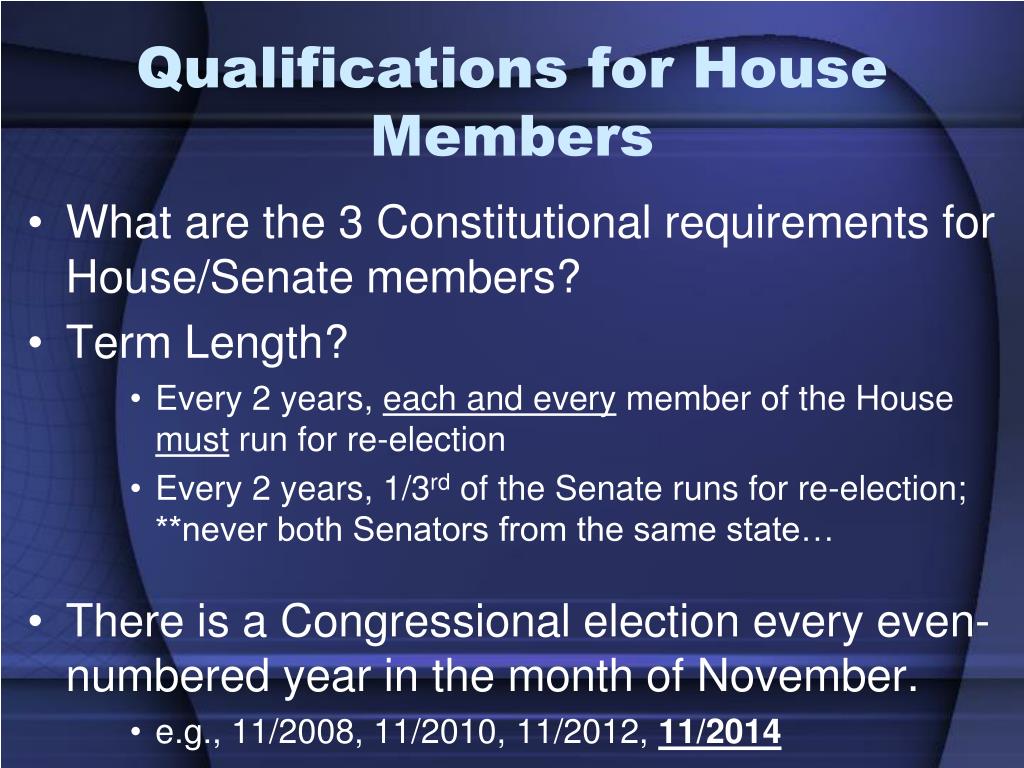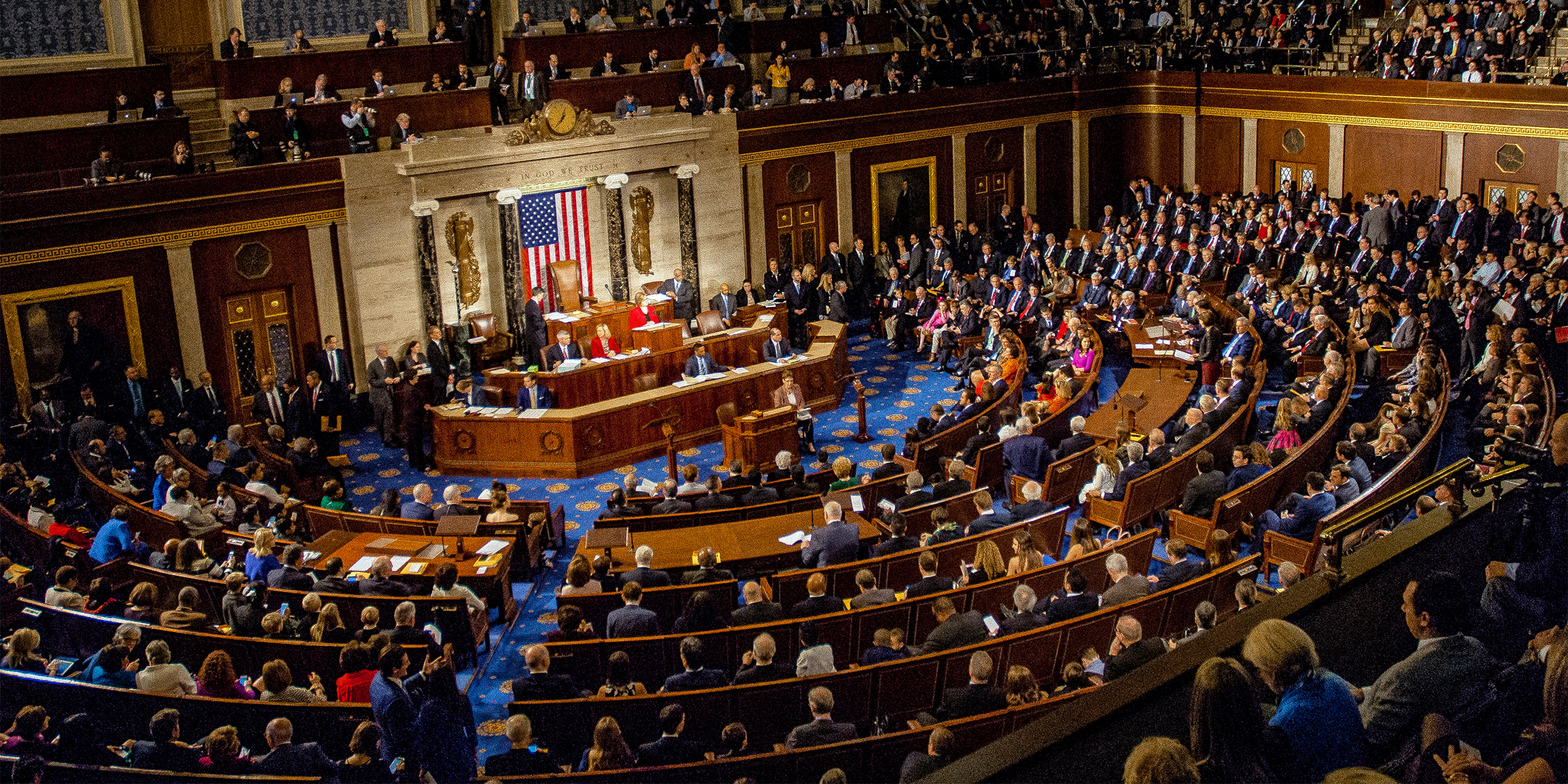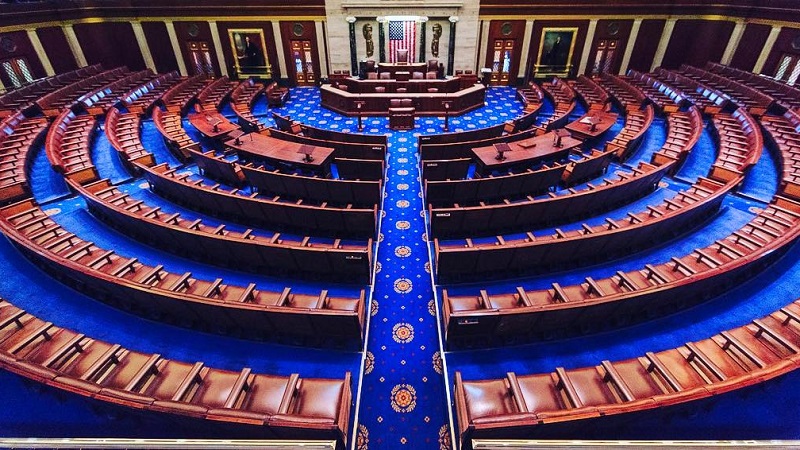Table Of Content
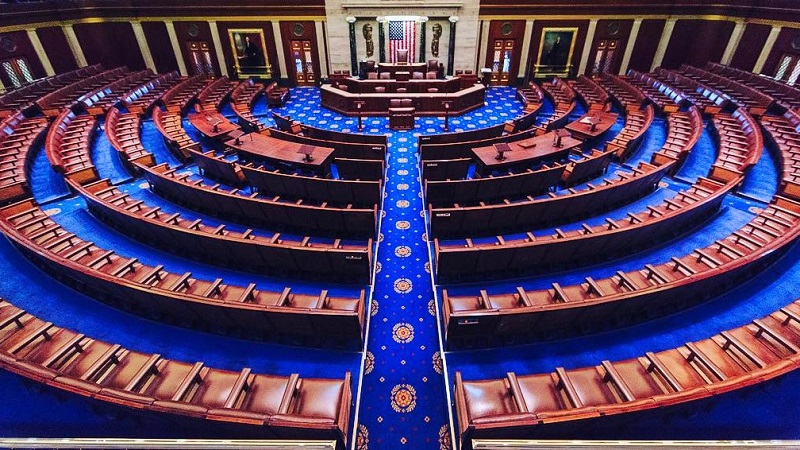
The largest committee of the House is the Committee of the Whole, which, as its name suggests, consists of all members of the House. The Committee meets in the House chamber; it may consider and amend bills, but may not grant them final passage. Generally, the debate procedures of the Committee of the Whole are more flexible than those of the House itself. One advantage of the Committee of the Whole is its ability to include otherwise non-voting members of Congress. Seats vacated during a term are filled through special elections, unless the vacancy occurs closer to the next general election date than a pre-established deadline. The term of a member chosen in a special election usually begins the next day, or as soon as the results are certified.
"We have not been forgotten": Ukrainian troops describe morale boost from US House vote
Still, Anderson, the census historian, says she's concerned about how representative the House actually is at this unchanging size. A century ago, there was one member for about every 200,000 people, and today, there's one for about every 700,000. For most of the House's history, however, states did not lose representation after the national head count's results were released. Generally speaking, as the country's census numbers grew, so did the size of the House since it was first established at 65 seats by the Constitution before the first U.S. count in 1790. While the House did temporarily add two seats after Alaska and Hawaii became states in 1959, a law passed in 1929 has set up that de facto cap to representation. [T]he constitutional prerogative of the House has been held to apply to all the general appropriations bills, and the Senate's right to amend these has been allowed the widest possible scope.
U.S. Senate
California U.S. House: Races to Watch in 2024 - CalMatters
California U.S. House: Races to Watch in 2024.
Posted: Mon, 05 Feb 2024 18:05:25 GMT [source]
He's already a lame duck, he can't raise money, everyone knows it,” Greene claimed. Austin added that the package of bills will “save lives” and that the “world is watching” what the United States does. House lawmakers have once again passed legislation that could lead to a nationwide TikTok ban, renewing a massive threat to the company’s US operations. This is a list of elected officials serving the city of Los Angeles, California. It includes member of the Los Angeles City Council, Los Angeles County Board of Supervisors, California State Assembly, California State Senate, United States House of Representatives, and Los Angeles citywide officials. For chronological tables of members of both houses of the United States Congress from the state, see United States congressional delegations from California.
Leadership
Each Representative represents one congressional district. Each state in the United States elects two senators, regardless of the state’s population. Americans in the United States’s six territories do not have senators. The House of Representatives shares equal responsibility for lawmaking with the U.S. As conceived by the framers of the Constitution, the House was to represent the popular will, and its members were to be directly elected by the people.
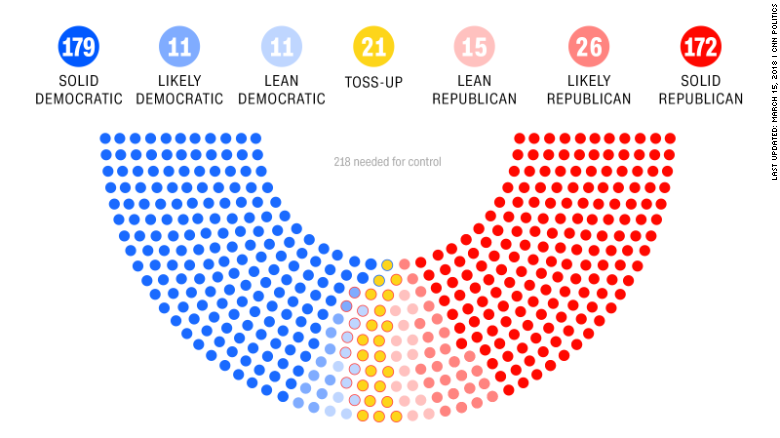
The three primary House office buildings—Cannon, Longworth and Rayburn—share a room numbering system for above-ground rooms that might confuse visitors at first. The system is fairly straight forward and can be used to identify most member and committee offices merely by knowing the correct room number regardless of building.
Officers
That's because, for the most part, there is a number that has not changed for more than a century — the 435 seats for the House's voting members. House Speaker Nancy Pelosi (right) speaks outside the U.S. House of Representatives, the size of which has stayed at 435 voting members for decades. Test your knowledge of the average age of members of Congress over time.
For example, Democratic representative Nancy Pelosi, who represents California's 11th congressional district within San Francisco, may be identified as "D–California", "D–California–11" or "D–San Francisco". A foreign aid package passed by the US House of Representatives will “exacerbate global crises,” Russian Foreign Ministry spokesperson Maria Zakharova said in a statement to CNN on Saturday. Governor Arnold Schwarzenegger had earlier proposed placing the redistricting process in the hands of retired judges, which was on the November ballot as an initiative in a special election (called by the Governor on June 14, 2005), Proposition 77.
House Republicans now have one of the smallest majorities in history - NBC News
House Republicans now have one of the smallest majorities in history.
Posted: Tue, 23 Jan 2024 08:00:00 GMT [source]
When the presidency and Senate are controlled by a different party from the one controlling the House, the speaker can become the de facto "leader of the opposition". Some notable examples include Tip O'Neill in the 1980s, Newt Gingrich in the 1990s, John Boehner in the early 2010s, and Nancy Pelosi in the late 2000s and again in the late 2010s and early 2020s. Since the speaker is a partisan officer with substantial power to control the business of the House, the position is often used for partisan advantage. The House began work on April 1, 1789, when it achieved a quorum for the first time.
Party Breakdown
If the Senate votes to approve the TikTok legislation, it heads to the desk of Biden, who endorsed the prior version of the bill and may quickly sign any foreign aid package that includes similar language targeting TikTok. Instead of a six-month deadline, TikTok would have roughly nine months, which could be extended by President Joe Biden by 90 days if he determines there’s been progress toward a sale. Also, the bill has now been inserted into a larger foreign aid package, which makes it much harder for lawmakers to oppose the measure. In the 2004 elections, a win by less than 55 percent of the vote was quite rare.
Constitution comes in Article I, Section 2, which guarantees each state, territory or district at least one representative. The Permanent Apportionment Act of 1929 was the result of a battle between rural and urban areas of the United States following the 1920 Census. The formula for distributing seats in the House based on population favored "urbanized states" and penalized smaller rural states at the time, and Congress could not agree on a reapportionment plan. Congress regularly increased the number of seats in the House based on the nation's population growth from 1790 to 1913, and 435 is the most recent count. The number of seats in the House has not been increased in more than a century, though, even though every 10 years the census shows the population of the United States grows. House of Representatives each represent a portion of their state known as a Congressional District, which averages 700,000 people.
In most cases, House rules will limit debate so that important legislation can be passed during one legislative business day. The chairs of House committees, particularly influential standing committees such as Appropriations, Ways and Means, and Rules, are powerful but not officially part of the House leadership hierarchy. Until the post of majority leader was created, the chair of Ways and Means was the de facto majority leader. The Constitution provides that the House may choose its own speaker.[50] Although not explicitly required by the Constitution, every speaker has been a member of the House. The Constitution does not specify the duties and powers of the speaker, which are instead regulated by the rules and customs of the House. Speakers have a role both as a leader of the House and the leader of their party (which need not be the majority party; theoretically, a member of the minority party could be elected as speaker with the support of a fraction of members of the majority party).
Each district elects a representative to the House of Representatives for a two-year term. Representatives are also called congressmen/congresswomen. Americans in the United States’s six territories are represented in the House of Representatives by an additional six non-voting delegates. The states of Washington and California use a similar (though not identical) system to that used by Louisiana.
"The principle of proportionally equitable representation has been abandoned," the group argues. Federal law, passed on Aug. 8, 1911, determines how many members are in the House of Representatives. That measure raised the number of representatives to 435 from 391 because of population growth in the United States. Members of Congress represent the people of their district in the United States Congress by holding hearings, as well as developing and voting on legislation. The CAO also assumed some of the responsibilities of the House Information Services, which previously had been controlled directly by the Committee on House Administration, then headed by Representative Charlie Rose of North Carolina, along with the House "Folding Room".
Most bills may be introduced in either House of Congress. However, the Constitution states, "All Bills for raising Revenue shall originate in the House of Representatives." Because of the Origination Clause, the Senate cannot initiate bills imposing taxes. This provision barring the Senate from introducing revenue bills is based on the practice of the British Parliament, in which only the House of Commons may originate such measures. Furthermore, congressional tradition holds that the House of Representatives originates appropriation bills. Prior to the election, the Republican Party had the majority in the U.S.
